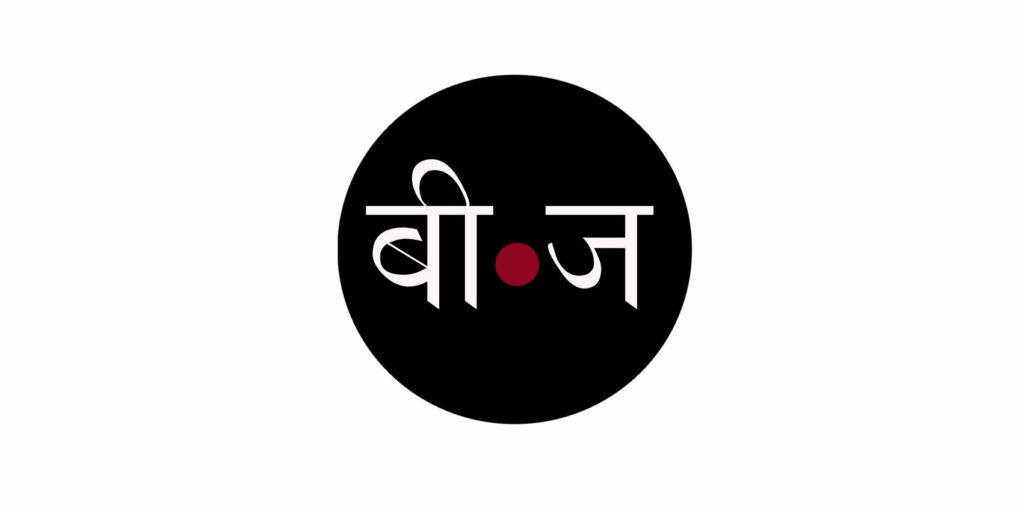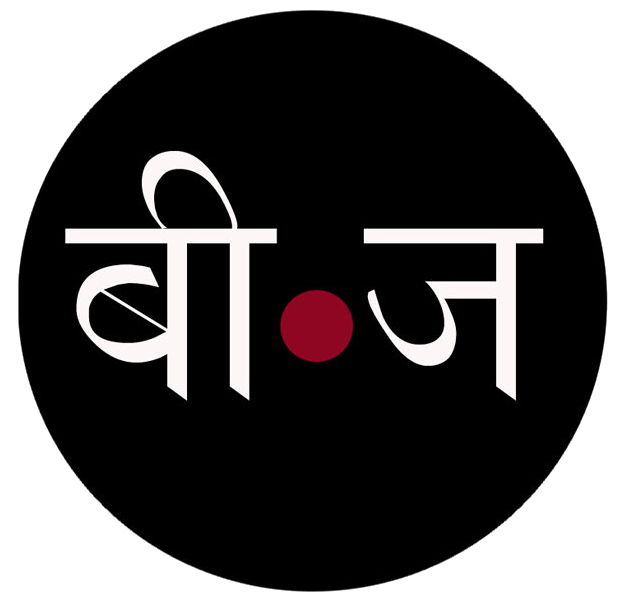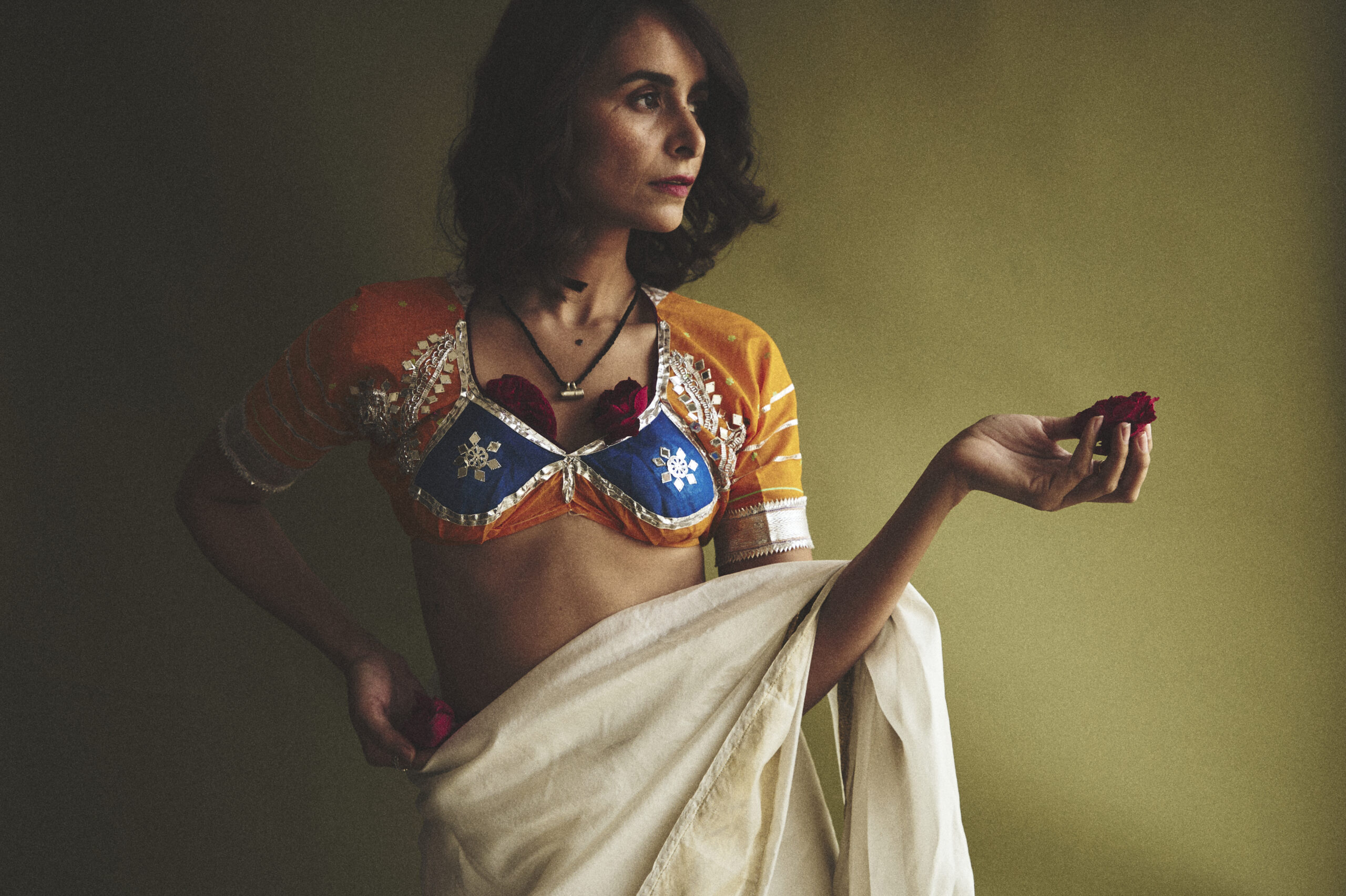Democratisation of art: By the people and for the people
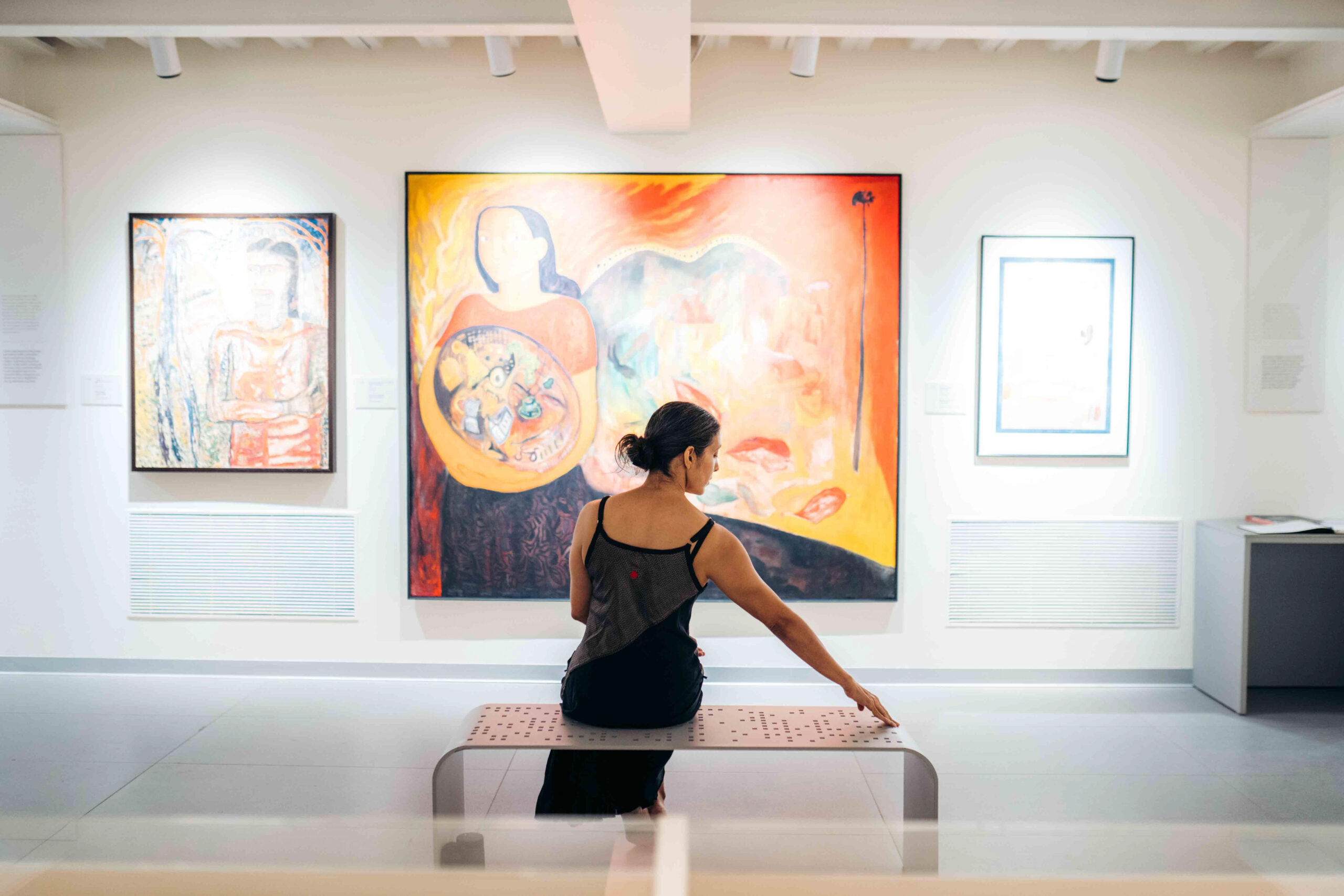
Abhishek Poddar, Founder, Museum of Art & Photography ( MAP) writes for BeejLiving on making a museum an inclusive and welcoming space
Ever since I became interested in art, I wondered why we would line up for museums on trips abroad, but shy away from visiting them in India.
Museums in our country have unfortunately earned the reputation of being “too serious” given their association with historical objects, or elitist and intimidating when associated with modern and contemporary art.
The tragedy is that while our museums have incredibly rich collections, they struggle with establishing a meaningful connection with their audiences, in either the viewing experience or outreach.
It was only much later that the disconnect between art and audiences became clear to me.
We are often concerned about “threshold fear.” Museums intimidate visitors who are not exposed to a museum culture and this may feel unwelcome and unrepresented in the galleries. Many people feel that there is a base level of understanding required to join the conversation. (If you have ever tried to power through reading a museum’s complex wall text, you know art discussions are often laden with jargon and elements that are simply lost on the casual visitor.)
Yet, the power of the arts to connect people and communities is immense. Art has the power to change mindsets and the way in which we view the world. Museums are powerful agents of positive change.
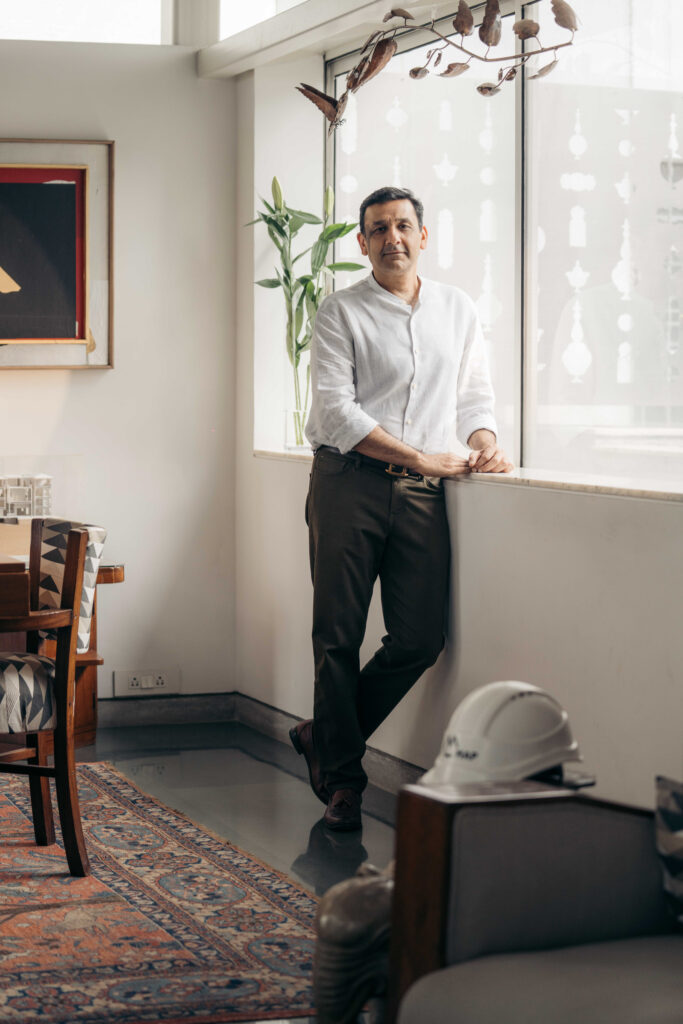
Abhishek Poddar, Founder, MAP
Democratisation of Art
Given my interest in art, I felt I had the opportunity to play a part and help change things, and it was with this thought in mind, that the idea of MAP was born. We wanted to create a museum to provide a space where people could engage with art in a new and interesting manner; where they could choose to spend an entire day with their families, rather than going to the mall or the cinema. We wanted to change this perception of museums from just being repositories of objects, to becoming an inclusive institution and a space of cultural learning and exchange.
Visiting museums doesn’t need to be purely an educational activity; it can be enlightening and inspiring in many ways. We can find intellectual, sensory, and aesthetic pleasures within artworks.
In fact, one can never predict what aspect of an artwork will make a connection.
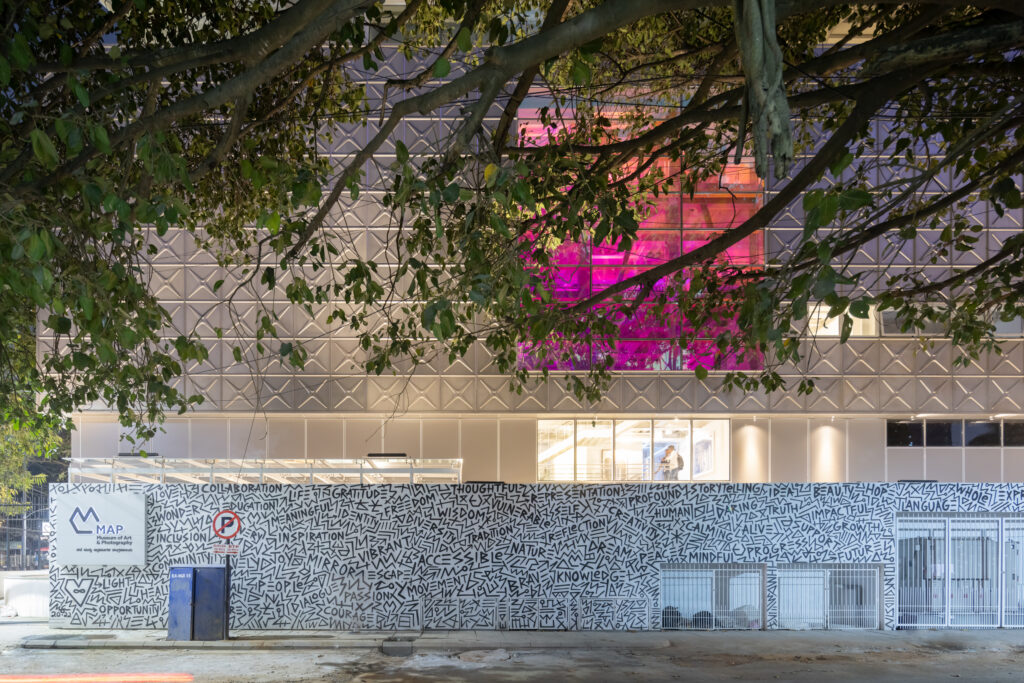
MAP Bangalore copyright Iwan Baan
Changing the narrative
Two answers to tackling this challenge lie in telling a greater diversity of art histories and communicating these stories in more contemporary, interesting, and accessible ways.
The first is in building and sharing narratives that align with people’s interests. To generate curiosity in a manner that encourages self-motivated engagement with the subject matter of the exhibitions. Art shines through when there is a discussion with the audience. The purpose of our exhibitions is to catalyse art and ideas to the public. They represent a way of displaying and contextualising art, thereby making it relevant and accessible to contemporary audiences.
The museum exhibit, by its nature, should hold up a mirror to society. By reflecting its interests and concerns, while at the same time challenging its ideologies and preconceptions.
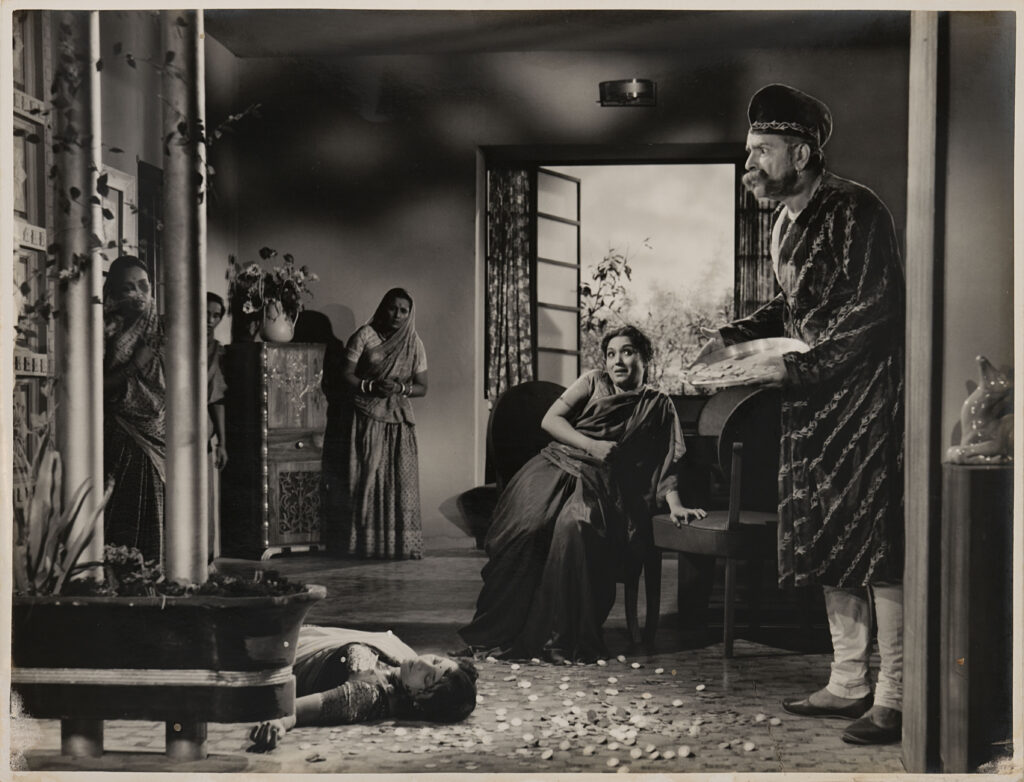
Dahej (Lobby Still). Mumbai, Maharashtra. 1950 Visible/Invisible: Representations of Women in Art Through the MAP Collection
One of our inaugural exhibitions, Chirag-e-AI, illustrated this well. Issues relating to AI, blockchain and other technological phenomena increasingly permeate our everyday spaces and haunt our visions for the future. These were addressed through a tangible philosophical commentary on the worries that people have.
The second is to broaden our horizon as to what exactly art is – to keep up with contemporary expressions.
This has always been a bone of contention between ‘high’ and ‘low’ art. The definition of art is ever-changing as people express themselves with new vocabularies and in new circumstances.
For example, we are one of the few Indian museums to feature photography, craft and even popular culture in our collection.
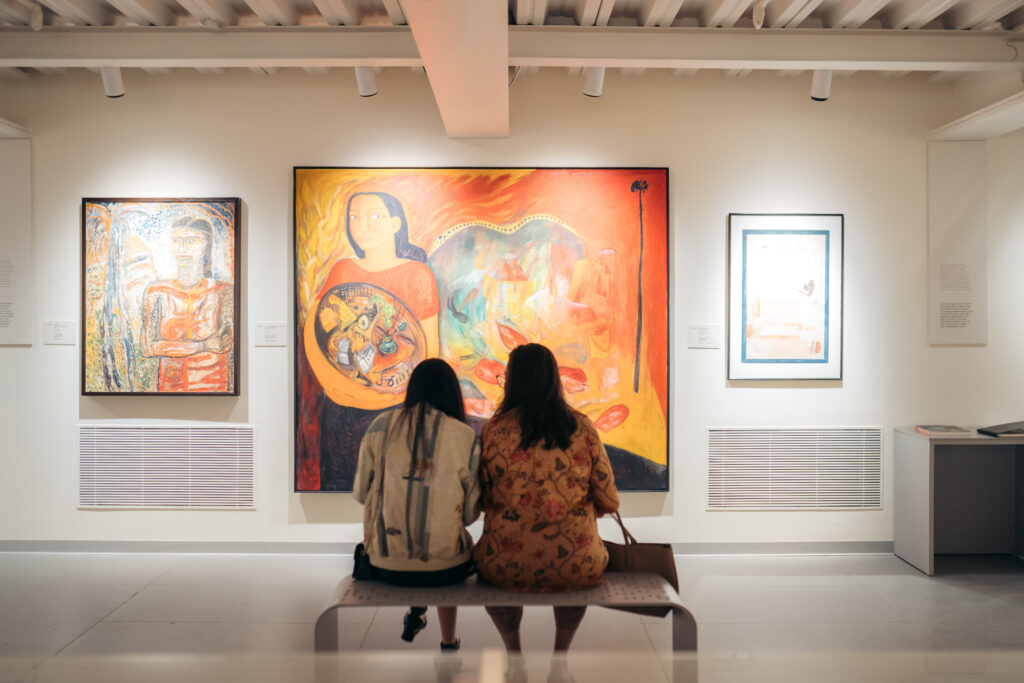
Galleries, art fairs and festivals are certainly very important in the process of democratising art, provided they take the appropriate measures to make their platforms accessible and inclusive.
Exploring new art forms
India has an incredible history with these forms of art. Corresponding with this is a rather outdated museum infrastructure. It is an old-fashioned approach, which has not historically included art forms outside of the traditional definition of classical paintings and sculpture.
For us, it’s a very important medium. We are one of the first few museums in India to be looking at photography on par with other, more traditional art forms. To demonstrate that, we dedicated one of our opening exhibitions to the modernist Jyoti Bhatt’s photography career.
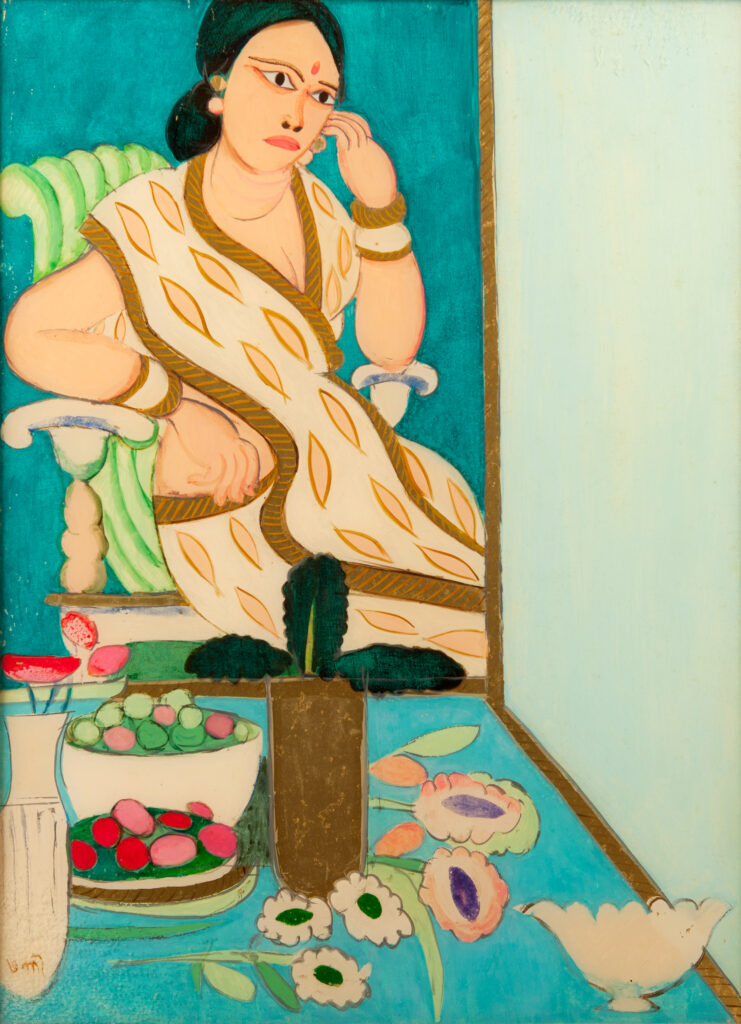
Woman in The Blue Room. KG Subramanyan. 1981. Painted glass Visible/Invisible: Representations of Women in Art Through the MAP Collection
Another way of breaking down the barriers between museums and audiences is through digitisation – a lexicon that is all too familiar these days. Through holograms, AR and VR technologies, and a host of curated digital experiences, we are taking small steps to help bridge the gap between art and audiences. This shows just how easy it is to integrate artful thought into facets of our everyday lives.
There could be a number of metrics to measure our success. But I think for me, the most important measure would be to assess how relevant MAP is now. That if we are successfully addressing the needs of the people.
Galleries, art fairs and festivals are certainly very important in the process of democratising art. Provided they take the appropriate measures to make their platforms accessible and inclusive. It is important for us to break away from notions of exclusivity. And show the public how engaging art can be. How important it is to reconnect with our history and heritage.
To me, a remarkable achievement is seeing families from all sections of society walking into MAP and enjoying the museum, finding it an inclusive and welcoming space.
I really appreciated a comment made by a visitor who said, ‘This is the first museum that’s not object centric, but people centric’.
All images courtesy MAP Bangalore
